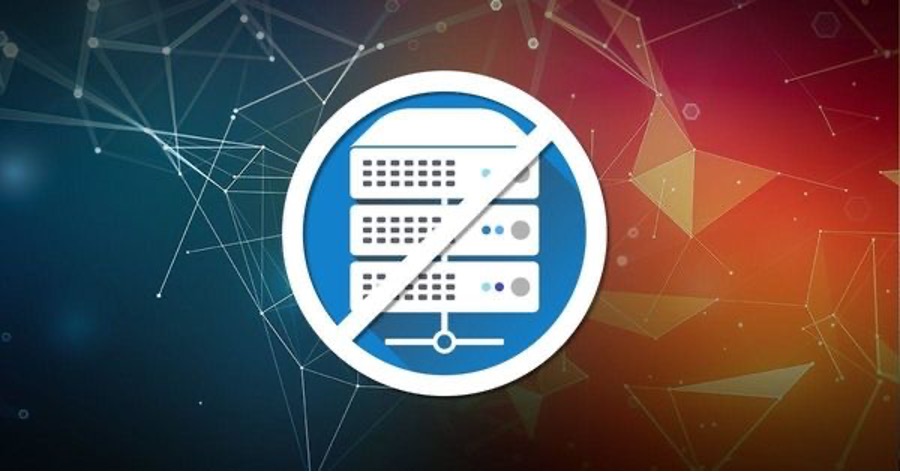DevOps is a combination of two words, Development, and Operations. This the main reason for the process of Continuous Delivery, Integration, and Deployment (CI/CD) and therefore minimizing connection edges between the development team and the operations team. Big systems and software require extensive and composite tech stacks that need extra work to build and set up which can easily be displaced by cloud computing. It contains an extensive kind of devices and technologies to set up, troubleshoot, and launch software with minimal minutes and one click. They can be personalized as per the customer needs and can be eliminated when not functional hence making the task easy and cost-effective for development teams.
The function of DevOps is to have several small steady additions instead of many regular enormous releases. This activity enables companies to come up with a better standard of application products that are standard and convenient. The term “DevOps” can also be defined in another terminology, that is, company ethics that enable perfect communication, connection, and merging between operations teams and developers.
The main benefits of DevOps in the recent scenario are:
- The efficient automation of software release
- Architecture automation alternative
- Continuous amalgamation and release
- Quick distribution of attributes with agile software
- Quick response to a problem
How does DevOps work?
Under a DevOps prototype, actions and development groups cant relax since they can receive tasks anytime in different development scenarios. In certain scenarios, these two groups even combine into one big group where the engineers can carry on the task across the all system life-cycle, from the start of startup and launching, through to operations.
How are DevOps and Cloud related?
Both cloud and DevOps have several advantages to provide across the globe of an agile business. Cloud technology guarantee that organizations can gain entry to an endless range of attributes and resolutions at a rate that fits them. As far as cloud is concerned, there’s endless on how much functionality an organization can gain entry. Cloud technology ensures smooth and easy upgrades and makes sure that attributes in any environment quickly.
Clouds are built and developed in a manner that enables them to utilize the full merits of all DevOps techniques. The cloud gives devices for incorporated deployments and can provide assistance for DevOps built-in. For example, if DevOps groups are required to collect the elements for a solution in a certain manner, the developed automation possibilities of the cloud can smooth the process and make it more repeatable.
The Advantages of Cloud-based DevOps
Cloud solutions and DevOps function well jointly in a condition that’s developed for swiftness and elasticity. DevOps and the cloud, when jointed together, can result in a big difference to the application built life-cycle. Organizations that utilize DevOps in the cloud can attain an estimated value of 81% increase in application working performance.
The main advantages of cloud-based DevOps are:
- Cloud-Centric automation alternatives
Automation is a key piece of equipment to enable DevOps effectively. Many cloud systems give more developed devices for automation through DevOps actions like CI/CD. CircleCI, Jenkins, GitLab, and Travis CI are all types of such equipment utilized for continuous integration. This equipment provides stability and momentum, with less personnel observation.
- Centralized platform
The cloud gives a centralized platform where organizations can perform everything from evaluation, launching, observations, and working their executions workloads. This enables the situation to be simple during the process of monitoring everything in the same environment. In a situation where all of your data for DevOps is in a specific place, it’s simple to monitor things like facilitation and safety. You can even get more significant awareness and business intelligence in that manner.
- Scalable Architecture
The cloud is a great scenario to make sure that you can upgrade or downgrade any architecture as and when required, with a minimum amount of money and time on systems. This scalability implies that DevOps is a more effective solution for giving out new attributes, work performance, and new chances as your business scale-up. You can merge the cloud with the quickness of DevOps to gain entry to the limitless development chances for your company.
- Agile development
The cloud can give various monitoring and inspect servers, so DevOps groups have the privilege to hold on for servers to be available and ready to continue their functionality. Using DevOps only in the cloud platform increases better analysis for groups, as development can take place more frequently. DevOps groups can swiftly provide servers that are fit for their utilization.
- Uptime and stability
As cloud providers aim at operation and firmness, they can protect all the monitoring and supporting components of the system. Instead of worrying about these problems, IT organizations can aim at the progress of the product which leads to more advanced product execution, advanced client experience, and quick to join the market. The main reason for success here is picking a cloud provider that can give the correct and accurate level of operation for your enterprise.
How can DevOps in the Cloud improve productivity?
When a business manager looks for available chances to develop app operations with DevOps solutions, they usually come up with that DevOps can only do so much individually. As swift as DevOps can be in the perfectly timed scenarios, the operation outside of the cloud is usually hinted at by extended operation. Buying hardware and software implies that the growth action crushes to discontinuation, even if it’s monitored in a swift manner.
DevOps provides groups the freedom to always develop and understand more based on their changing needs. The spread character of some business situations won’t suit pipeline-based compacted structures for application deployment. With the cloud plan, it’s simple to conquer the usual problems of legacy structures and rate things up.
How can DevOps in the cloud improve control?
Apart from improving groups to be more reliable and beneficial, DevOps outputs in the cloud can also give a more stable and productive platform for governance actions. This helps more explained deployment actions in the display. However, it also implies that programmers who take part in these actions are less likely to strain with safety and other problems.
DevOps specialists usually find that it is much simpler to monitor all their actions in one place through the cloud. More authority and a more app-specific architecture make it much simpler for group members from all platforms to keep up possession over several elements. Programmers can also utilize different cloud equipment and solutions to automate some of the functions and actions. Using the code to control and facilitate assets, groups can reinstate the speed of several development actions.
Making the most of Cloud DevOps
Eventually, building several DevOps in the cloud begins with the utilization of the correct cloud provider. You must make sure that you have knowledge of all the requirements of your development group, and the type of technologies they will probably utilize in their new development process.
It’s also important to make sure that all of your members are aware of the DevOps idea. Everybody requires to be doing everything they are capable of to amalgamate DevOps and have it move the correct cloud-native growth. This can be a problem for several companies employing cloud and DevOps actions for the first time. You might be required to begin by deploying cloud, then explaining to your group members the prospective of DevOps later.
A carefully picked master plan for implementing new DevOps resolutions and cloud structure will be important for moving on with new possibilities for your venture as you join into a new environment of DevOps.
Finishing thoughts on DevOps in the Cloud
All features of the cloud have quickly developed with new additions which have made it popular in the past few years. Organizations of all capacities have witnessed that a cloud platform provides them entry to the reliability and advancement of development at a rate that’s more comfortable for them. Just as cloud transmissions continue to develop, the cloud for growth and software control operations is becoming more sensible, too when your group can start to find out the full advantage of the cloud for DevOps.





